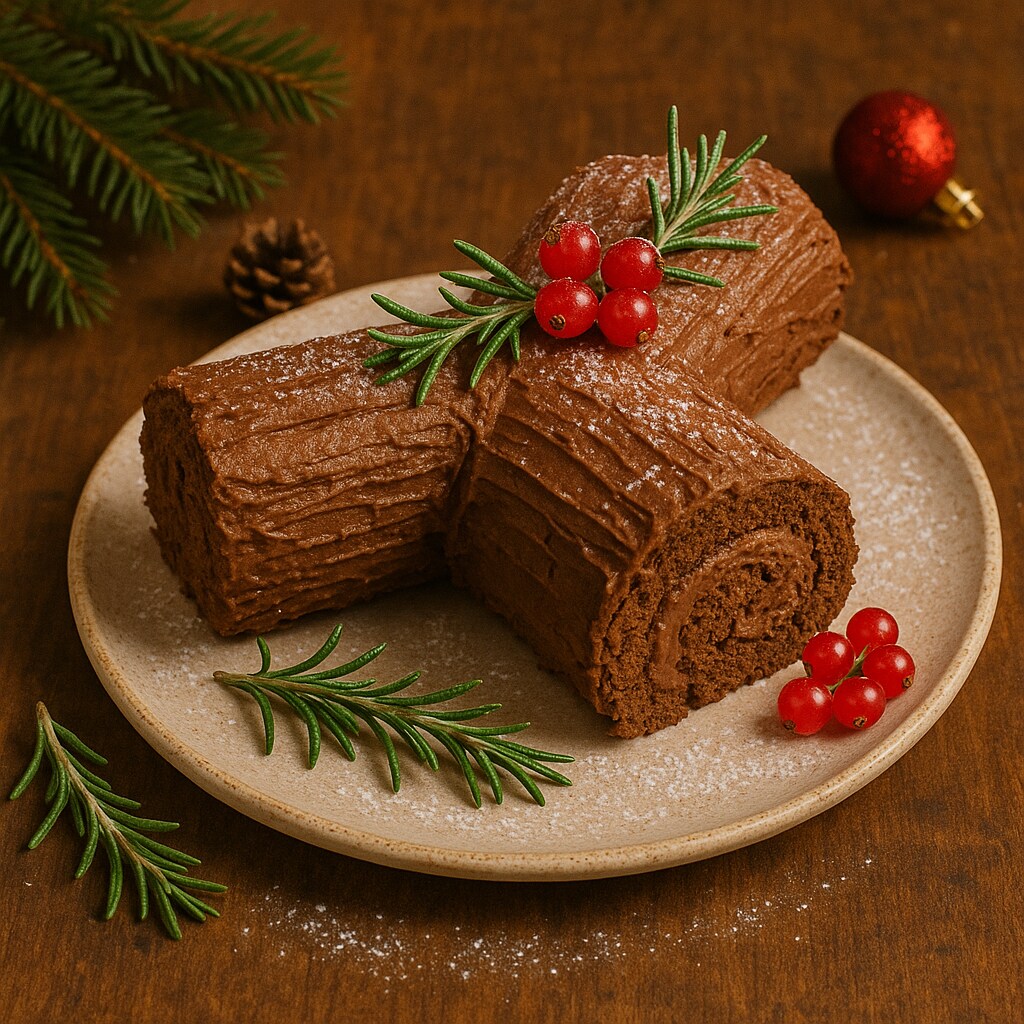Merry Christmas in French is: Joyeux Noël!
In France, the feast of Saint Martin marks the beginning of the Christmas festivities. In Northern France, tradition has it that every year students make lanterns to go in search of Saint Martin and his donkey who – according to legend – was lost among the dunes and then found by children with lanterns. As a reward, the saint transformed the donkey’s dung into sweets for the little ones.
In France, Père Noël (Santa Claus) also comes bringing gifts to children, assisted by Père Fouettard who has the task of reminding Père Noël how the children behaved during the year. In some regions of Northern France, Santa Claus visits children even on Saint Nicholas Day, December 6th, and children leave their shoes by the fireplace the night before so that Santa Claus, or the baby Jesus, depending on local tradition, can fill them with gifts.
Adults, however, exchange gifts on Saint-Sylvestre, or December 31st.
The French tradition is to celebrate the holidays during the Christmas dinner with champagne. Depending on the region, the turkey, the duck, or the beef can be the main dish, usually preceded by the classic foie gras entrée, but the highlight of every Christmas in France is certainly the dessert, with the much-loved Bûche de Noël.
Known in Italy as “Christmas log” for its log shape, it is usually covered with chocolate cream and filled with jam and chocolate. It recalls the tradition of the Yule log, a custom born in the Middle Ages, which involved the head of the family putting a large log of wood – carefully chosen by the whole family and left to dry in advance – to burn in the home fireplace on Christmas Eve, which was left to burn for the following twelve nights until Epiphany, and the remains were then kept, as they were attributed magical properties (believed to favor harvest, livestock, fertility of women and animals, and health and to protect against lightning) and were often reused to light the log of the following year.
In 1945, a French pastry chef created the log-shaped dessert to revive the ancient tradition that had been lost.

- Difficulty: Difficult
- Cost: Economical
- Rest time: 1 Hour
- Preparation time: 15 Minutes
- Portions: 8/10 people
- Cooking methods: Stovetop
- Cuisine: French
Ingredients for Bûche de Noël:
- 5 eggs
- 5.6 oz sugar
- 1 1/4 cups all-purpose flour
- 3 tbsp granulated sugar
- 1 vanillin (or vanilla bean)
- 1 1/4 cups fresh heavy cream
- 16 oz dark chocolate
- 5.3 oz orange marmalade
- to taste salt
- to taste powdered sugar
- to taste red currants and rosemary (for decoration)
Preparation of Bûche de Noël
Prepare the pasta biscuit: beat the egg yolks with the sugar very well until you get a white and fluffy cream.
Gradually add the sifted flour, together with the vanillin or vanilla bean and a pinch of salt.
Spread the resulting dough on a baking tray covered with parchment paper and level it.
Bake at 356°F for 15 minutes.
Remove the biscuit and transfer it onto a rectangle of moistened parchment paper, sprinkle the surface with granulated sugar, cover the top with cling film in contact, and roll it up. After rolling it up, wrap it tightly in a towel and let it rest until it cools down.
Meanwhile, prepare the ganache for filling and coating. Chop the chocolate and melt it in a double boiler with the cream and transfer it to the fridge to cool.
Unroll the biscuit and spread a thin layer of marmalade on the surface, being careful to leave a 1 cm border on the sides. Then add the chocolate ganache – you’ll need 4 – 5 tablespoons, form a layer about 1/5 inch thick, always leaving a little border margin.
Let it firm up in the fridge for about an hour (or at room temperature for 2/3 hours).
Unroll the log from the cling film and make 2 oblique cuts, one smaller (5 – 6 cm wide) and one larger (9 cm wide), finally trim the ends of the two pieces just a few millimeters to have spirals.
Spread the remaining ganache over the surface: place one smaller piece on the side of the larger piece and place the other piece on top of the central piece.
With a round-tipped knife, make stripes to simulate the veins of a tree trunk, covering the whole Christmas log with chocolate.
Dust the surface with sugar and decorate with red currants and rosemary.
Affiliate Link #adv
If you want to delve into the history and tradition of the “Christmas log,” I recommend a book: “Il Ceppo di Natale. La gioia della festa più celebrata dell’anno: il tradizionale ceppo negli usi e consuetudini di ieri” at 14.90 €

